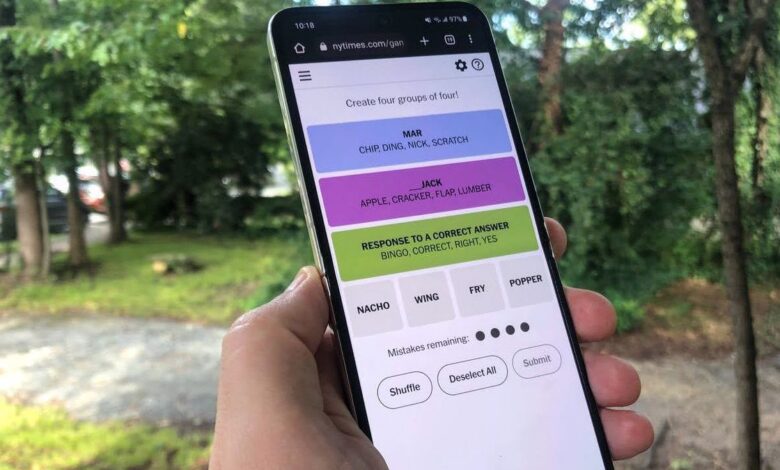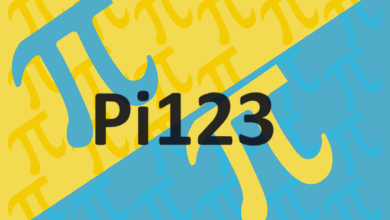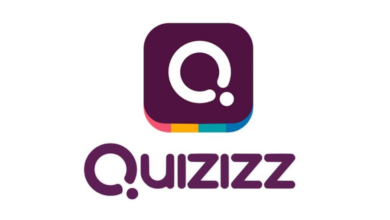Mastering the Game: Tips and Strategies for NYTimes Connections Hint

Introduction to Nytimes connections hint
nytimes connections hint is a unique word puzzle game that challenges players to think critically, utilize their vocabulary, and make connections between various terms. The primary objective of the game is to identify and categorize a set of words into groups, with the ultimate goal of successfully completing the puzzle before time runs out or reaching the maximum number of attempts. Successful players often showcase their ability to perceive relationships between seemingly unrelated words, making the game an engaging test of cognitive prowess.
Gameplay in nytimes connections hint is straightforward yet intellectually stimulating. Players are presented with a selection of words, which may come from different categories or thematic backgrounds. To conquer the challenge, players must strategically analyze the list and discern which terms belong together. This process involves critical thinking, creativity, and sometimes a bit of trial and error. As the game progresses, the complexity of the connections may increase, prompting players to expand their thought processes and adapt their strategies accordingly.
Utilizing hints can significantly enhance the experience of solving these word puzzles. nytimes connections hint hints serve as valuable tools that provide players with insights into potential groupings or categories, thereby streamlining the process of deduction. These hints can be crucial, especially when players find themselves stuck or unable to discern the relationships between words. By effectively employing these hints, players can not only reduce frustration but also improve their overall performance. They can learn to recognize patterns and develop a deeper understanding of the game’s mechanics, ultimately leading to more satisfying and successful gameplay. Engaging with NYTimes Connections while leveraging hints presents an opportunity for players to enhance their skills and enjoy the game to its fullest potential.
Understanding Hints in NYTimes Connections
In the realm of nytimes connections hint, hints serve as a pivotal resource designed to enhance player experience and aid in puzzle-solving. These hints come in various forms, each tailored to assist players in different aspects of the game. Understanding the types of hints available can significantly influence one’s approach to solving the intricate puzzles presented by the game.
One common type of hint found in nytimes connections hint is the contextual hint, which provides clues related to the category or theme of the words that need to be connected. For instance, players may receive a hint that suggests a relationship among words based on historical figures or geographical locations. Such hints are particularly effective when players are on the brink of confusion and unable to identify connections. Another type includes the letter hints, where players are given specific letters from the answers, providing critical insight into the correct solutions.

Players may find hints especially useful in scenarios where they are faced with a particularly challenging modern puzzle or when they are attempting to achieve high scores or complete the game before time runs out. Utilizing hints can simultaneously balance the challenge and assistance provided by the game. This balance is essential; if hints are overused, the satisfaction derived from solving puzzles can diminish. Thus, players should judiciously consider when to rely on the hints, enhancing their engagement while keeping the intended challenge intact.
In conclusion, understanding the various types of hints in nytimes connections hint can empower players to strategically navigate the game. By knowing when and how to use these hints effectively, one can enhance their overall gameplay experience while minimizing frustration in tackling complex puzzles.
Effective Strategies for Utilizing Hints
In the intricacies of the nytimes connections hint game, the effective application of hints can significantly enhance your gameplay. Hints serve not only as aids but as essential tools that can refine your approach to solving the puzzle. To maximize their effectiveness, players should consider the timing of hint usage carefully; utilizing them too early can limit your opportunity to solve the puzzle independently, while waiting too long may lead to frustration as you struggle with challenging connections. Striking the right balance is key.
Interpreting the information gleaned from hints is another critical component. Hints in nytimes connections hint often provide clues that require thoughtful analysis. Instead of viewing hints as direct answers, consider them as opportunities for deeper critical thinking. For instance, if a hint suggests there is a connection among certain words, take a moment to reflect on related concepts or synonyms that may not have been at the forefront of your mind. This mindset can cultivate a more profound understanding of the connections, enabling you to solve intricate puzzles without solely relying on hints.
Moreover, incorporating hints into a broader strategy can transform your gameplay. Rather than perceiving hints as merely a crutch for weaker moments, integrate them into your overall thinking process. After receiving a hint, jot down the insights it offers and consider how they align with your previous findings. This method allows for a holistic view of the problem, enabling more effective problem-solving. Ultimately, the key to mastering the game lies not just in using hints when overwhelmed but in understanding how they can foster a more strategic mindset, enhancing your experience in nytimes connections hint.

Common Pitfalls and Mistakes to Avoid
When engaging with the intricate puzzle of nytimes connections hint, players often find themselves navigating a myriad of challenges, particularly regarding the effective use of hints. One of the most common mistakes is over-relying on hints. While hints can provide valuable insights and choices, excessive dependence on them can stifle critical thinking and problem-solving skills. Players should remember that the game is designed to enhance cognitive abilities, and the reliance on external assistance can undermine this objective.
Another pitfall lies in recognizing when hints might not be beneficial. Some players may rush to use hints prematurely without fully assessing the situation. It is essential to thoroughly evaluate the existing clues and patterns before seeking hint assistance. This not nytimes connections hint only aides in developing analytical skills but also fosters a deeper understanding of the game mechanics. In many cases, players might discover that the solution is within their grasp if only they take a moment to reflect.
Additionally, misinterpreting the information provided by hints can lead to frustration. Players may misconstrue the direction or context of a hint, resulting in unnecessary mistakes. To mitigate this, it is crucial to approach each hint with a clear mind and a patient attitude. Engaging with fellow players or exploring community forums can also yield diverse perspectives on hint interpretation, enhancing clarity.
Ultimately, a balanced approach to hint usage is vital. Hints should be seen as a supplement to learning rather than a crutch. By harmonizing hint reliance with independent problem-solving, players can enjoy the full experience and challenge that nytimes connections hint has to offer. This approach will not only make the game more enjoyable but will also foster growth in analytical thinking skills, enriching the overall gameplay experience.




